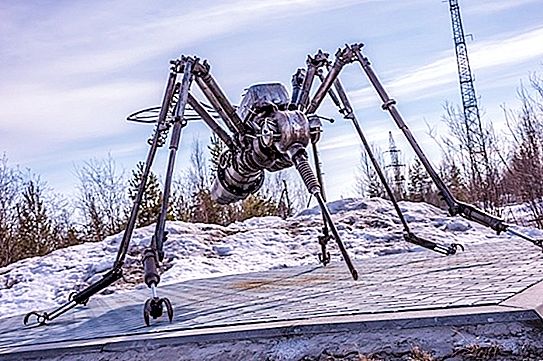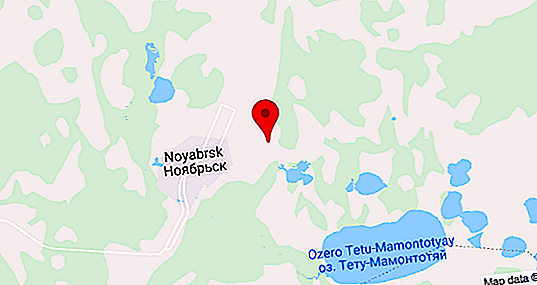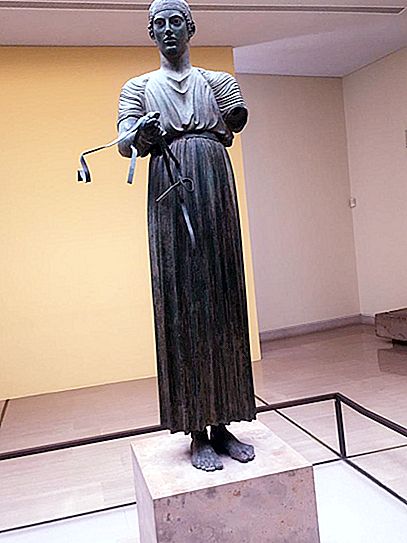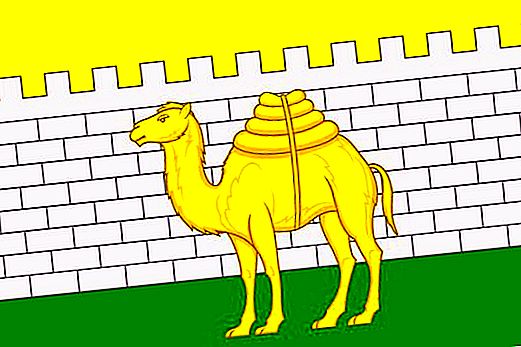Noyabrsk is often called the city of romantics. According to official documents, it was founded in 1976. Today it is a full-fledged, fairly developed city, the second largest population in the Yamalo-Nenets Autonomous District. In this village there are enough cultural objects and worthy examples of street sculpture. One of the most unusual sights of the city is the mosquito monument in Noyabrsk. Where is this unusual monument located, and what is the history of its creation?
Komar - the true owner of Siberia

A person who has never lived in Siberia for a long time may think that the worst part of the year is winter. Indeed, polar night and severe frosts are a real test of strength of mind and body. In fact, northern summer is not much nicer than winter.
Nature awakens with the onset of long-awaited heat. And along with an increase in temperature, blood-sucking insects wake up. It is believed that in Siberia they are superior in size and appetite to their relatives from the warmer regions of Russia. Northern mosquitoes are characterized by endurance, it is almost impossible to fight them in the open air. Especially a lot of them near ponds and forests.
The mosquito monument in Noyabrsk is a warning to modern conquerors of Siberia. And a reminder of the feat of pioneer veterans who founded the city and the surrounding villages. Various stories about the confrontation between humans and blood-sucking insects are still being told in these parts of the world. It is believed that some types of mosquitoes are completely unresponsive to chemical means of protection. And in some facilities people in the warm season have to work and even have in special protective suits.
The story of the most original sights of Noyabrsk

The mosquito monument in Noyabrsk was opened in 2006. The sculpture was created alone by the local master Valery Chaly. Scrap metal was used to create the monument. Specialists in art and street art call this style of techno art.
According to the creator, the work on this project lasted several months. At first, the sculptor carefully examined real mosquitoes and created a sketch. Then he was engaged in the search for suitable elements and their preparation. It is good that Noyabrsk is still an industrial city. Most of the materials were kindly provided by the employees of the compressor station of the local management of the pipelines of SurgutGazprom. To create the sculpture, decommissioned pipes and other elements that are usually disposed of were used.
Monument to the mosquito in Noyabrsk: description and photo

The sculpture of the main blood-sucking insect of Siberia with its scale is impressive. The height of the monument is about 2.5 meters. And the span of the legs of a giant mosquito is 3 meters. The unique sculpture is assembled from scrap metal. The observant eye will notice in it both pieces of pipes, and elements from complex mechanisms, and fragments of household rubbish. The wizard’s imagination and his confident hands helped put all the pieces together and give the city a new attraction. The monument quickly gained popularity among local residents and visitors. Today it is often called the most unusual and extravagant landmark of Noyabrsk.
Where is the main mosquito of Noyabrsk located?

Many tourists during their stay in the city want to see with their own eyes a monument to a mosquito in Noyabrsk. Where is this original sculpture located? The monument was erected at the entrance to the village of Ladny. Its exact coordinates: 63 ° 11'26 "N 75 ° 33'9" E. Recently, the sculpture received an official name - "Master of Siberia." Sometimes a giant mosquito is sarcastically called the “Guardian of Siberia”. An interesting fact: the master Valery Chaly did not finish his creative activity on a blood-sucking insect. His other large-scale sculpture is a crocodile, made in the same technique.




